Imagine stepping outside to a lush, green lawn that’s the envy of the neighborhood. Achieving this dream starts with understanding grass seed germination and how to tell if grass seed is germinating.
Grass seed germination can be identified through sprouting seeds and green coloration. Aside from that, you can also look out for soil conditions, temperature and weather, and the quality and age of the seed.
In this blog post, we will guide you through the process of germinating grass seed, the factors that affect it, different grass seed types, and practical tips to ensure successful germination for a thriving lawn.
What we cover
ToggleSigns of grass seed germination
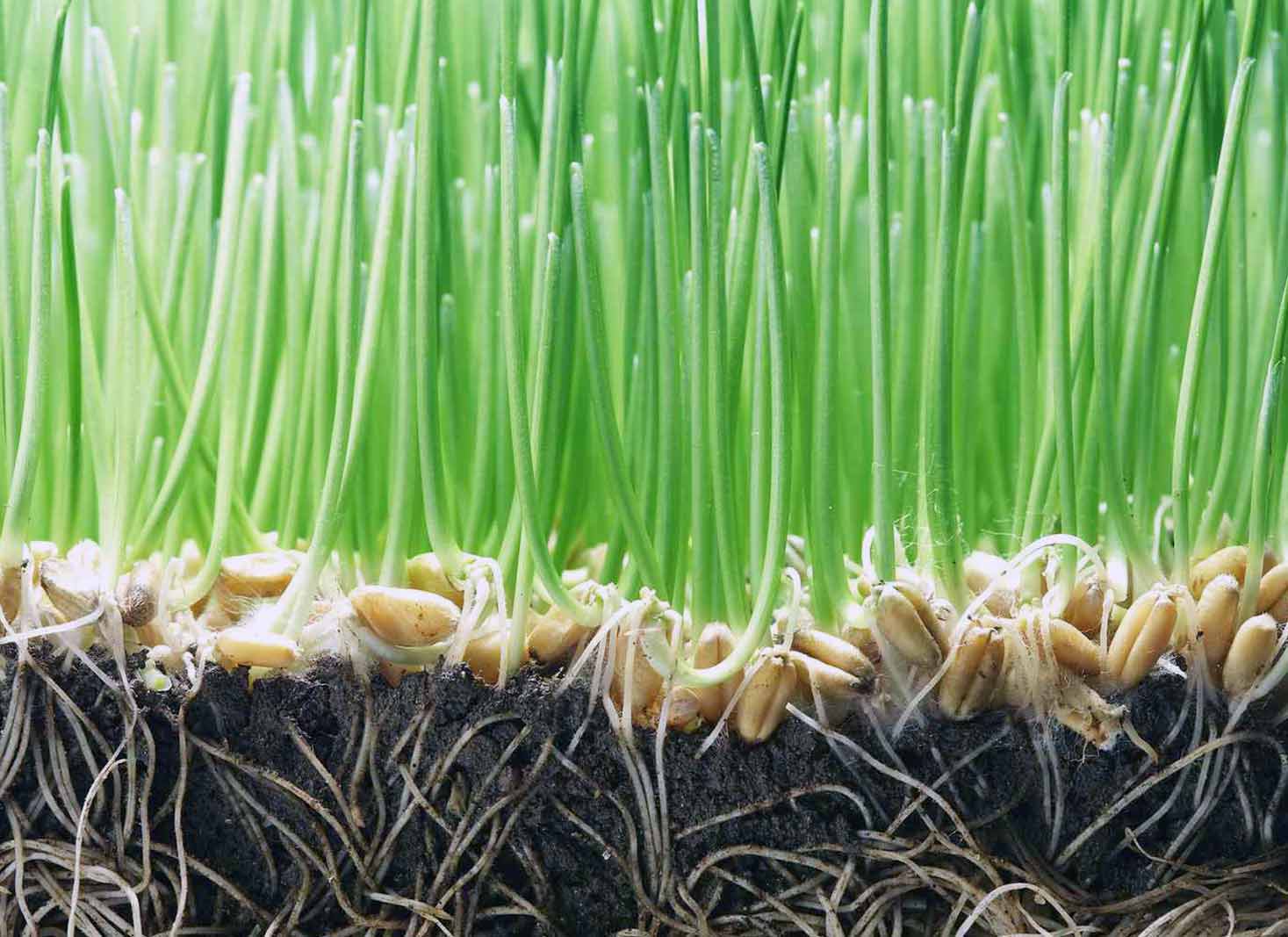
Recognizing the signs of successful grass seed germination is crucial to ensuring a healthy lawn.
As grass seeds begin to germinate, you’ll notice sprouting seeds and green coloration, indicating that the germination process is underway and photosynthesis has begun.
Sprouting seeds
Sprouting seeds are a clear indication of successful grass seed germination. As seeds sprout, they grow and develop into seedlings, signaling that the germination process has taken place.
These tiny root or shoot growths and emerging seedlings are vital signs that your grass seeds are well on their way to becoming a lush lawn.
The appearance of sprouting seeds is also an indication that photosynthesis has begun. Photosynthesis is the process by which plants convert sunlight, carbon dioxide, and water into energy, providing the necessary nutrients for growth.
As the seedlings grow and produce chlorophyll, they will display green coloration, which is a sign that photosynthesis is taking place.
Green coloration
Green coloration is another important sign of successful grass seed germination. As grass seeds germinate and grow, they will begin to display green shoots or blades emerging from the soil.
This green coloration is caused by the pigment chlorophyll, which is essential for photosynthesis. Monitoring the degree of green coloration in your growing grass can help you assess the success of your grass seed germination.
If the grass is mostly green, it’s an indication that the seed has germinated successfully and is actively growing. If the grass appears mostly brown or yellow, it’s a sign that the seed has not germinated and is not growing.
Factors affecting grass seed germination
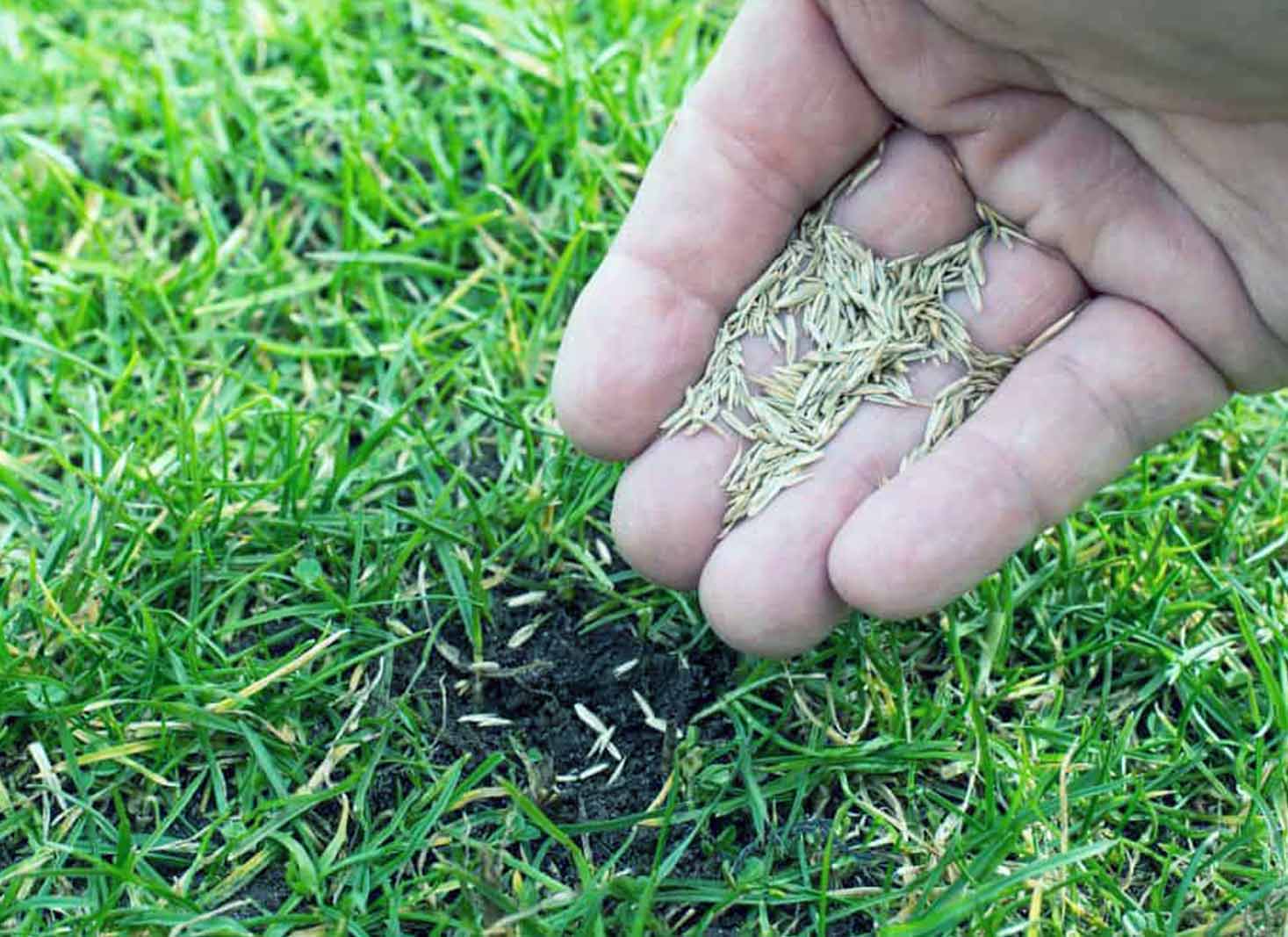
Several factors can affect grass seed germination, including soil conditions, temperature and weather, and seed quality and age.
Understanding these factors is crucial for choosing the right type of grass seed for your lawn and ensuring successful germination.
Soil conditions
Soil conditions play a pivotal role in grass seed germination, as they provide the necessary nutrients, moisture, and pH levels for the seed to develop.
The optimal pH range for most grass seed types is between 6.0 and 7.0, with cool-season grasses thriving in a pH range of 6.0 to 7.2.
To ensure optimal growth, it’s essential to test your soil for pH levels, nutrient content, and moisture levels before planting grass seed.
If the soil needs amending, consider adding organic matter, such as compost or aged manure, to improve its quality and fertility.
Temperature and weather
Temperature and weather play a significant role in grass seed germination, with different grass seed types requiring specific temperature ranges for successful germination.
Cool-season grasses require cooler temperatures for germination and are best planted in early fall or late summer. In contrast, warm-season grasses require warmer temperatures and thrive when planted in late spring or early summer.
Monitoring soil temperature with a soil thermometer can help ensure that you’re planting your grass seed at the optimal time for successful germination.
Seed quality and age
The quality and age of your grass seed can also affect its germination rate. Older seeds may have a lower germination success rate, so it’s important to use fresh, high-quality seeds for the best results.
Storing grass seed in a cool, dry place can help maintain its viability for up to two to three years, but germination rates may decrease with age.
Selecting the right grass seed type for your specific climate and soil conditions is crucial for successful germination.
Consult with a lawn care professional or agricultural extension agent for guidance on choosing the best grass seed type for your lawn and ensuring successful germination.
Understanding different grass seed types
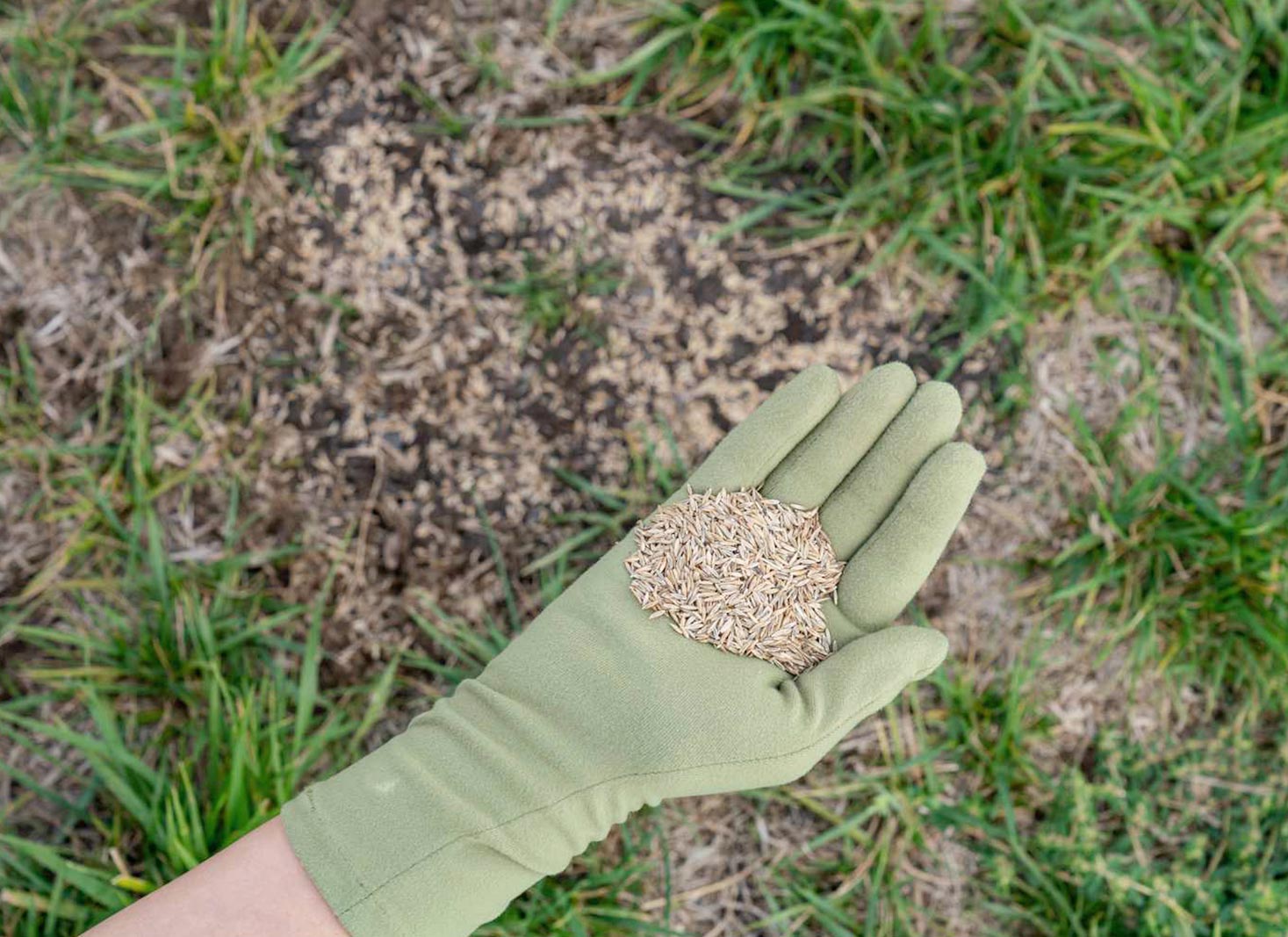
Understanding the different grass seed types available is crucial for choosing the right grass seed type for your lawn and ensuring successful germination.
Grass seed types can be broadly categorized into cool-season grasses and warm-season grasses, each with its own specific temperature and planting requirements.
Cool-season grasses
Cool-season grasses, such as Kentucky Bluegrass, Perennial Ryegrass, Tall Fescue, and Fine Fescue, are best suited for cooler climates and require cooler temperatures for successful germination.
These grasses should be planted in early fall or late summer when the soil temperatures are within the optimal range of 50 to 60 degrees Fahrenheit.
Cool-season grasses can tolerate colder temperatures and will generally germinate faster than warm-season grasses.
However, it’s essential to monitor soil temperatures and plant these grasses at the right time to ensure successful germination and a healthy, thriving lawn.
Warm-season grasses
Warm-season grasses, such as Bermuda grass, Buffalo grass, and Centipede grass, are better suited for warmer climates and require warmer soil temperatures for successful germination.
These grasses should be planted in late spring or early summer when soil temperatures are at least 65 degrees Fahrenheit.
Warm-season grasses can tolerate higher temperatures and drought conditions better than cool-season grasses.
However, proper soil preparation and planting techniques are still essential to ensure successful germination and a lush, healthy lawn.
Tips for improving grass seed germination
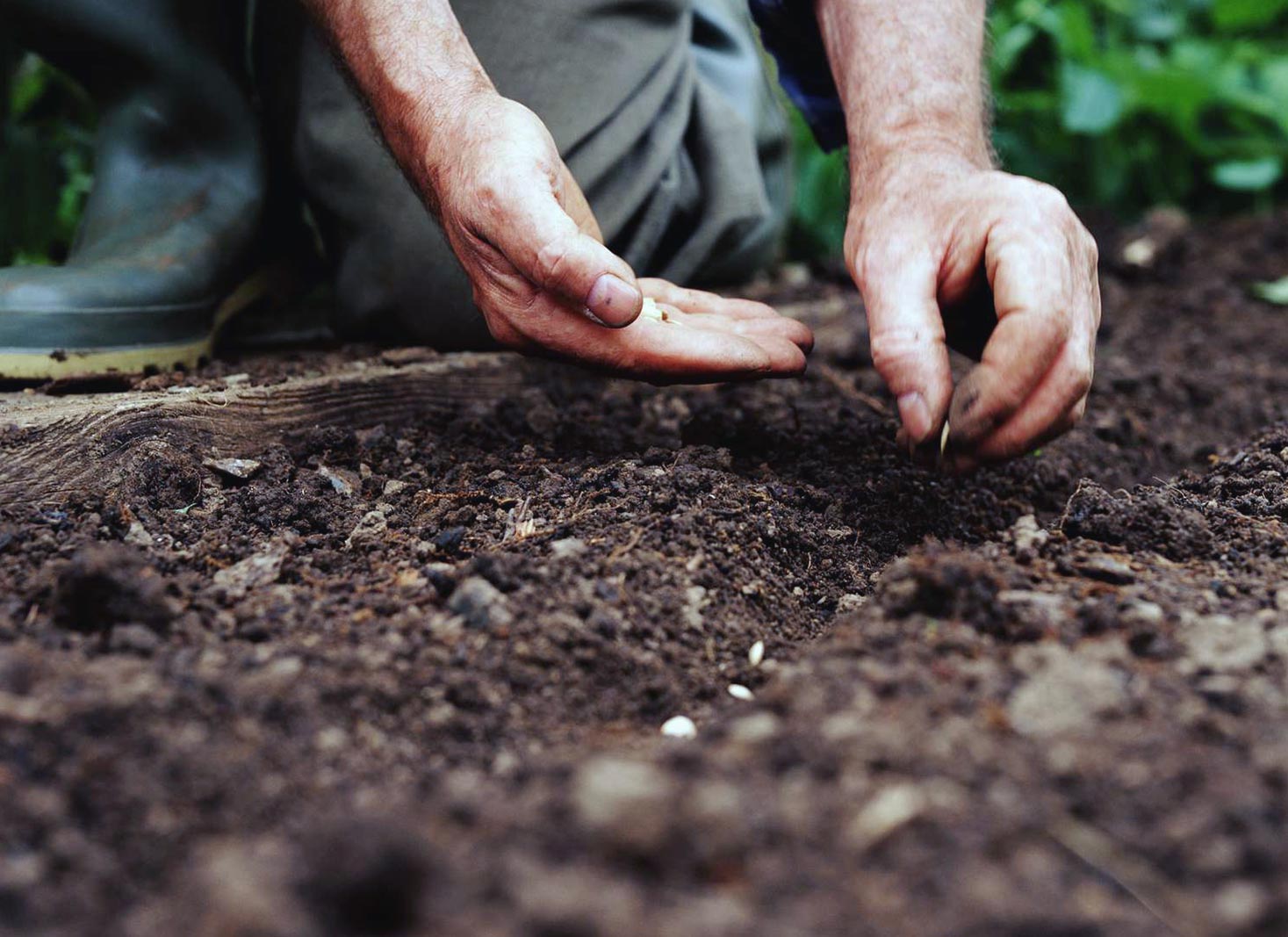
Now that we understand the factors affecting grass seed germination and the different grass seed types available, let’s explore some practical tips to improve grass seed germination success.
These tips include soil preparation, proper seeding techniques, and watering and irrigation strategies.
Soil preparation
As mentioned earlier, soil preparation is crucial for successful grass seed germination.
Begin by testing your soil for pH levels, nutrient content, and moisture levels, and make any necessary amendments to create a healthy environment for your grass seed to germinate.
Loosen the soil to a depth of 12 to 14 inches to promote proper root growth and incorporate organic matter such as compost or aged manure to improve soil fertility.
With well-prepared soil, your grass seed will have a better chance of germinating and growing into a lush, healthy lawn.
Proper seeding techniques
Proper seeding techniques are essential for successful grass seed germination. Begin by planting grass seed at the recommended depth of 1/4 to 1/2 inch.
This depth ensures that the seeds have enough energy to break through the soil surface and establish strong roots.
After planting, rake and roll the seeds into the soil to ensure good seed-to-soil contact, which helps the seeds absorb moisture more effectively.
To protect the newly sown seeds from birds and help retain moisture, cover the seeded area with a thin layer of straw.
Watering and irrigation
Watering and irrigation are essential for the successful germination of grass seed. Without sufficient water, the growth process is hindered.
Light watering twice or three times daily – in the early morning, early afternoon, and late afternoon – will keep the young seedlings adequately moist while they are developing.
Once the grass has sprouted, reduce the watering frequency to once per day. Adjust your watering pattern according to the season and temperature requirements of your specific grass seed type.
Troubleshooting grass seed germination issues
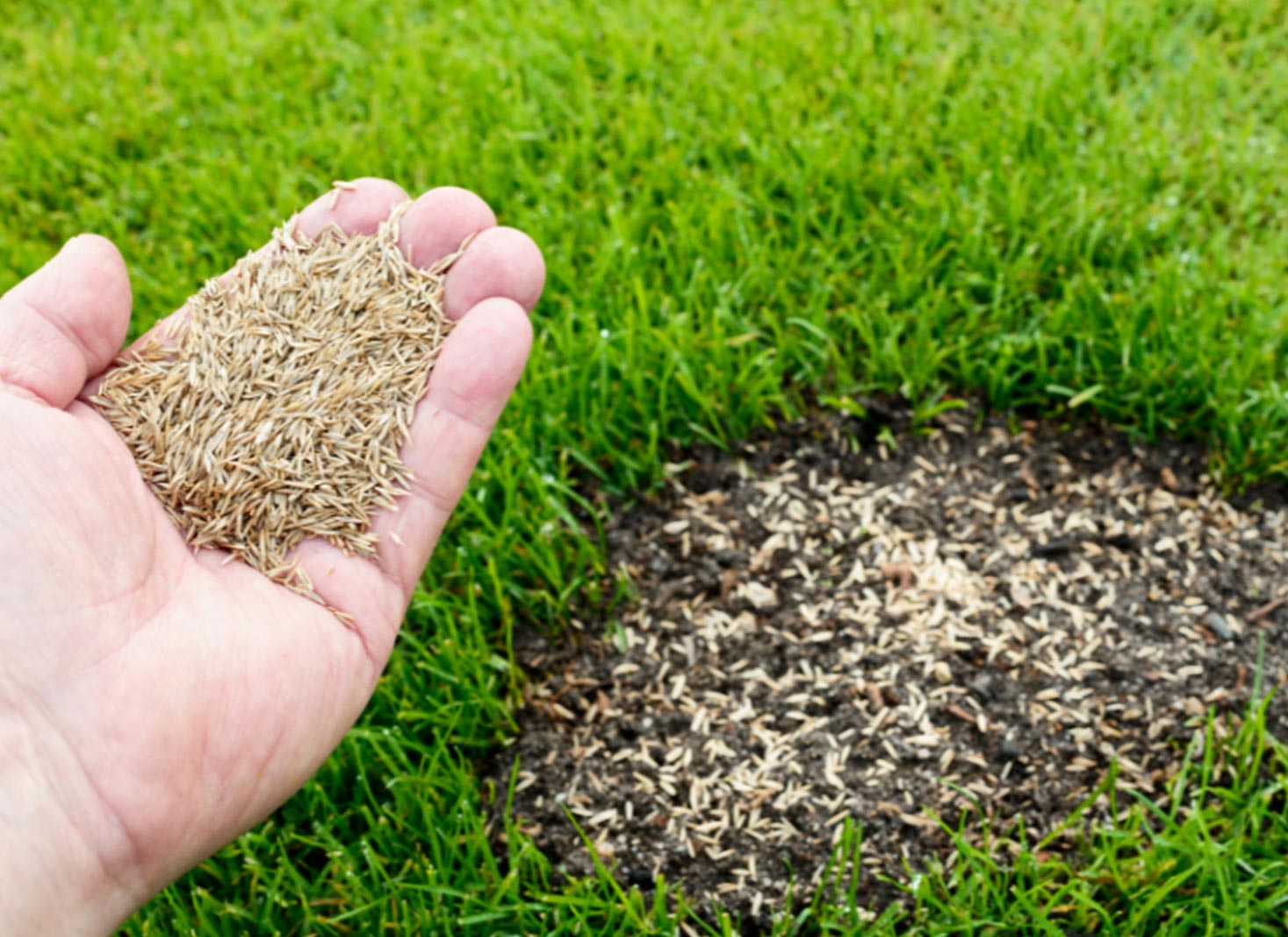
Despite our best efforts, grass seed germination issues can still occur. In this section, we will explore common germination problems and offer practical solutions to help you overcome these challenges and achieve a beautiful lawn.
Inconsistent germination
Inconsistent germination, characterized by uneven or patchy growth, can be caused by several factors, including improper soil preparation, incorrect seeding depth, or inadequate water.
To prevent inconsistent germination, ensure proper soil preparation by testing and amending the soil as needed.
Also, plant grass seed at the appropriate depth and maintain consistent watering to keep the soil moist during the germination period.
By addressing these factors, you can promote even and consistent germination across your lawn.
Slow or no germination
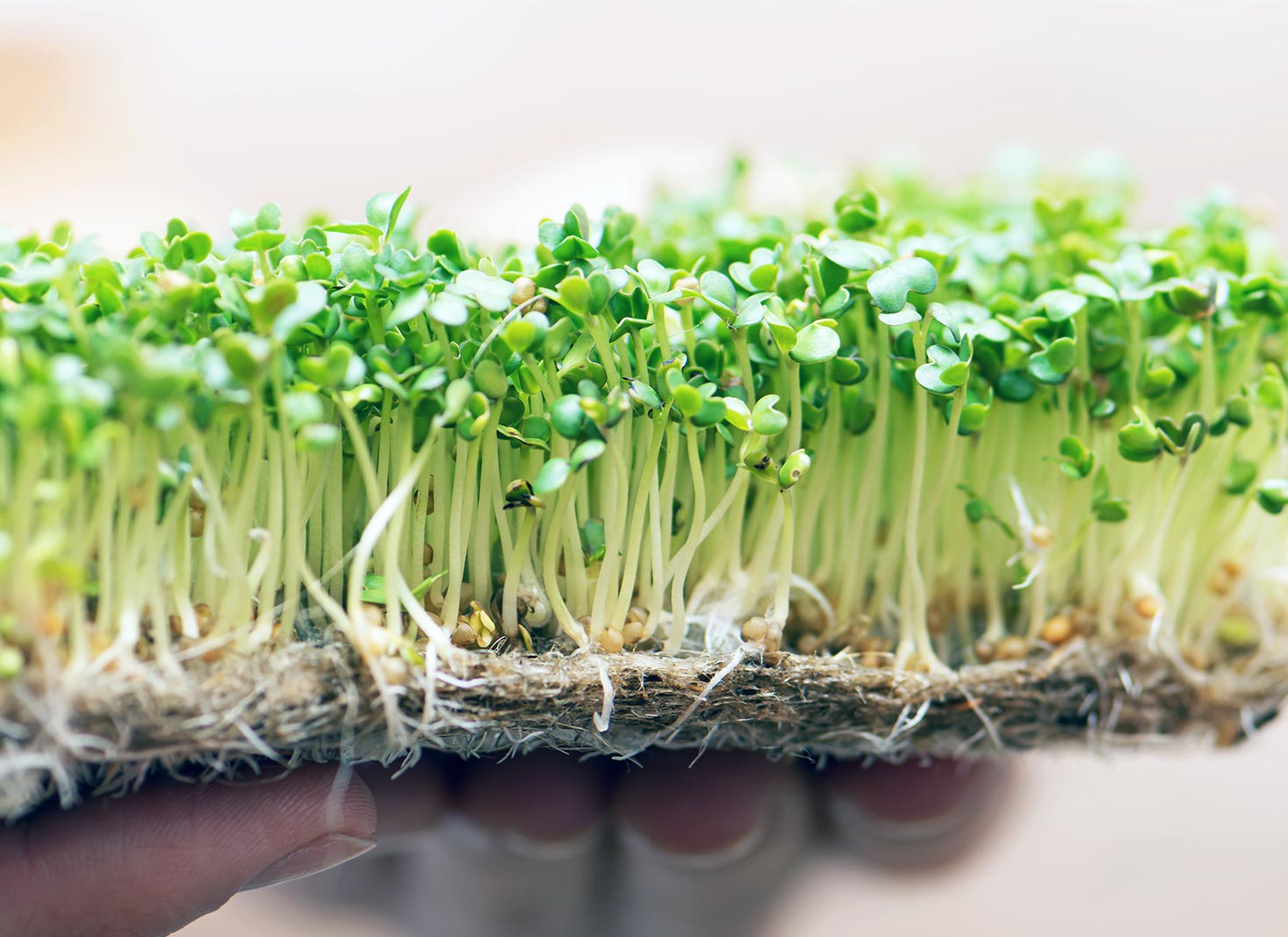
Slow or no germination can be a frustrating issue for homeowners trying to establish a new lawn. Causes of slow or no germination may include poor seed quality, incorrect temperature, or too much or too little water.
To address these issues, ensure you’re using fresh, high-quality grass seed and planting at the appropriate time for your specific grass seed type.
Monitor soil moisture levels and adjust your watering as needed to keep the soil consistently moist but not waterlogged.
By addressing these factors, you can improve your grass seed germination rate and establish a healthy, thriving lawn.
FAQ's
Although it is possible for grass seeds to germinate while sitting directly on the soil surface, experts suggest adding a thin layer of organic matter such as mulch or topsoil to help facilitate growth.
This will ensure the seeds receive adequate moisture and warmth to facilitate successful germination.
Generally, it will take around 10-14 days for grass seed to germinate. Depending on the type of grass, it could take up to 30 days.
Patience is key when waiting for your grass seed to begin growing.
No, you can’t just throw grass seed on bare spots. To ensure successful germination, you should first prepare the soil by raking it to remove debris and create grooves for better seed-to-soil contact.
Then you can spread a layer of seed over the area.
Grass that is going to seed takes on a feathery appearance, with lighter green-brown immature seed heads emerging from the otherwise dark green turf.
This phase typically occurs in mid-spring as the grass begins to flower and set seed.
